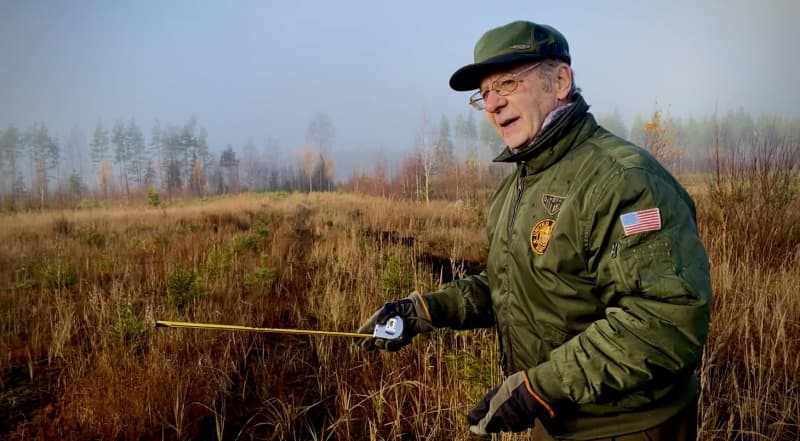In the provinces of Ostrobothnia alone, there are thousands of hectares of afforestation potential, i.e. former agricultural lands and peat production areas.
Landowners are encouraged to reforest lands that are no longer suitable for their original use.
If properly afforested, for example, an old peat bog can provide a good growth medium, especially for pine trees. It is therefore both a financial investment and an ecological act, as the purpose of afforestation is to increase Finland’s carbon sink, remind Luonnonvarakeskus and Metsäkeskus.
Financial support is also available at least until the end of next year.
For example, the provinces of Ostrobothnia have a lot of disused peatlands. Among their post-use options, afforestation is the most common and suitable for most areas.
The afforestation potential of South Ostrobothnia is a total of 5,400 hectares, in Ostrobothnia 1,500 and in Central Ostrobothnia 1,700 hectares. Most of them are former agricultural lands, the rest are former peat production areas.
Throughout the country, over the past year and a half, a positive support decision has been given for more than 4,000 hectares, and afforestation has taken place on 1,200 hectares.
If done correctly, the wood yield can be high, as the former peat bog bottoms are, under certain conditions, excellent afforestation targets. A well-ground peat layer contains a lot of nitrogen.
The pine sapling is doing well, and the spruce is also accelerating its growth
– It was quite natural, when you have been doing forest work in the winters for years and taking good care of your own forests, and agricultural use was not possible.
Now there is a handsome pine seedling, but you can also find spruce and birch. The success of the spruce was not believed at first, and the species suffered from the frost, but now, after recovering, it is growing a little behind the others.
Tens of hectares of solar panels are coming to countries corresponding to Lähitienoo. They weren’t talked about much when Marjamäki started his job. Enthusiasm for afforestation has also increased since then, and state support is of great importance.
– It is quite decisive. If there are large industries, they cost so much that many would not leave at all. It would remain wasteland or be sold cheaply to someone, but the subsidy is a big attraction, says Marjamäki.

According to Luken Lasse Aro, there have been a commendable number of support applications. For the time being, the afforestation subsidy is still valid until 2023, but an extension may follow. The measure must be completed by the end of the following year.
– But what we know about these bogs is that their afforestation is quite profitable even without subsidies, says Aro.
The lack of nutrients should be replaced with wood ash fertilization
However, not all former peatlands are suitable for afforestation – unless you are ready to use all possible means. Sites with thin peat, which can be drained by gravity drainage, are suitable, says Luke’s researcher Lasse Aro.
– Sites with thick peat are a problem. It has been dreamed of quite a lot that they could be restored towards a bog ecosystem, which would be a great alternative in terms of climate effects.
Of the species, pine is definitely the best. Another sure thing is the birch.
In the beginning, wood ash fertilization is of the utmost importance, because the peat does not have enough mineral nutrients, such as phosphorus and potassium, for the needs of the trees. Even if the peat layer is thin, the initial nutrient input is not enough to ensure the roots grow into the subsoil, says Aro.
Otherwise, afforestation is not more difficult than normal.
– As long as the basics are taken care of, all normal forestry tricks work. The growth site must be dry and mineral nutrients must be ensured. Then we fight natural pests, such as moose, says Lasse Aro.
*You can discuss the topic until Sunday at 11 pm.*

